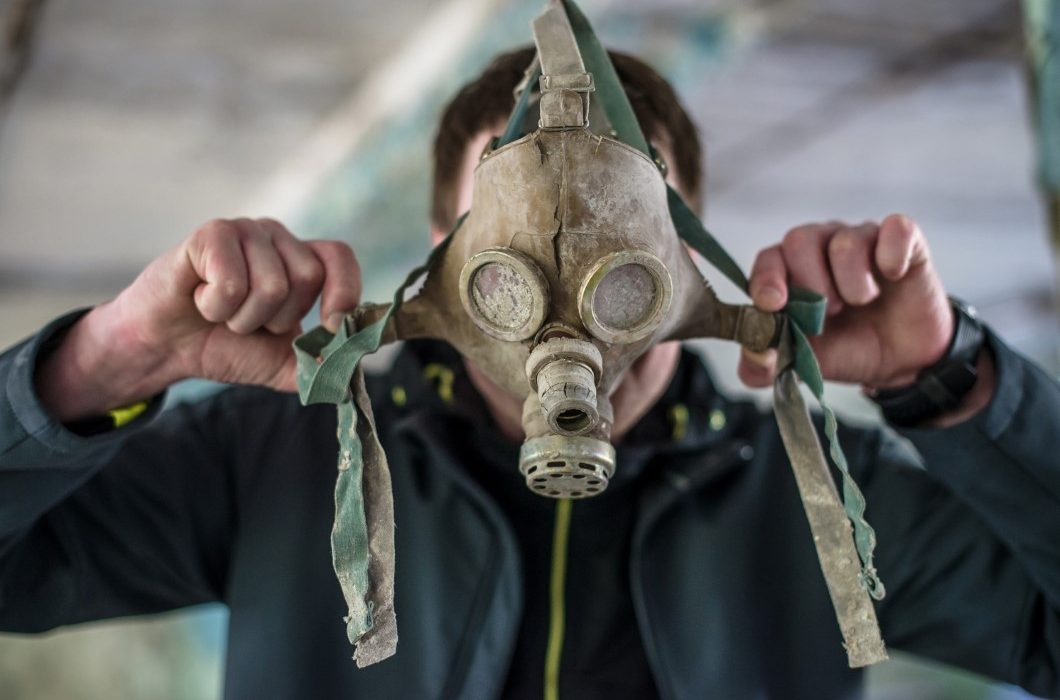
You might also like:
32 years ago, Chernobyl witnessed the worst nuclear accident in history. In recent years, it has become a popular tourist attraction for the nuclear tourism enthusiasts. Visitors from all over the world now flock the close by Ukrainian city to contemplate the stigma of the disaster.
The numbers of visitors are constantly growing. In 2017, some 50,000 people (70% of them foreigners) went to Chernobyl, an increase of 35% compared to 2016, and 350% compared to 2012. At the main entrance to the exclusion zone, there is even a souvenir kiosk with t-shirts decorated with symbols of black and yellow radioactivity sign and Soviet gas masks made of khaki rubber.
The power plant’s 4th reactor exploded on 26 April 1986, contaminating a large part of Europe. The contaminated and still uninhabited exclusion zone surrounding the plant exapnds over a radius of 30 kilometers.
German deputies at a special meeting of the Bundestag Committee on environmental and nuclear safety recently criticized Kiev for the thriving tourism in the Chernobyl Exclusion Zone. The German politicians criticized the fact that the victims of the Chernobyl disaster have not been paid the compensation they are entitled to since 2014.
Currently, there are several tourism agencies that try to profit from the nuclear tourism attractions. According to the agencies, the tourist boom can be explained by two key factors: the 30th anniversary of the disaster in 2016 and the installation of a new metal containment dome above the crashed reactor, which made it possible to greatly reduce the leaks of radioactive materials. Both events were widely covered by the international media.
The tour guides assure the visitors that the Chernobyl trips are safe. One day in the area is equivalent to two hours flying over the Atlantic Ocean in terms of absorbed radiation dose. On leaving the power plant, all tour participants have to pass radiation checks.
Moreover, several Ukrainian travel agencies offer stays in the cities close to Chernobyl. The stays last from one to seven days, and their prices vary between 25 and 650 euros. The itinerary includes a visit of the new dome covering the damaged reactor and abandoned villages. In some places, the small portable visitor dosimeters start beeping in disorder, signaling high radiation levels.

The highlight of the visit is Pripyat, a ghost town located only a few kilometers from the power station, almost 50,000 inhabitants of which had been evacuated in three hours on 27 April 1986 never to return home. You can see abandoned residential buildings, schools where children’s toys, books or handwritten notes are still lying around, an amusement park whose big wheel still stands on the central square.
The reconquest by nature of these abandoned lands, where asphalted roads narrow, eaten little by little by wild grasses and houses disappear behind the increasingly dense bush, fascinates many visitors. Nuclear tourism thus shows even some positive trends – the unbeatable power of nature.
Source: tourism-review.com
